Healthy eating for Sugar Control
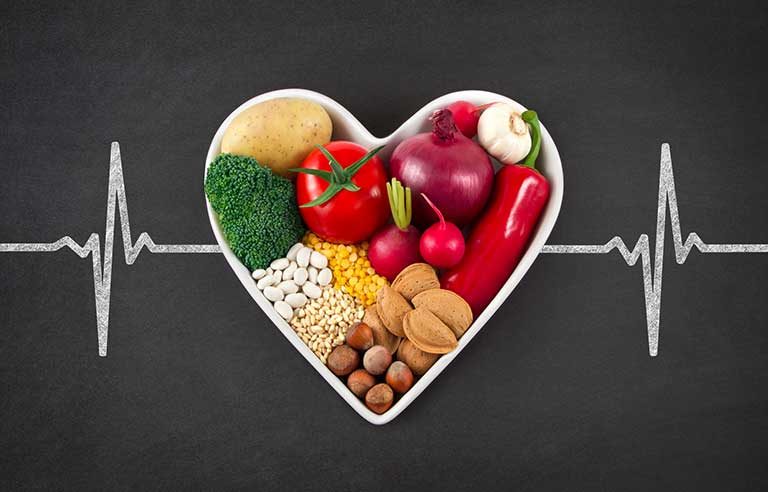
Making healthier food choices can help you lose weight, bring down Hb1Ac, manage your blood pressure, and help reduce the fats in your blood like cholesterol. Ask to see a dietician if you need extra help to eat healthily.
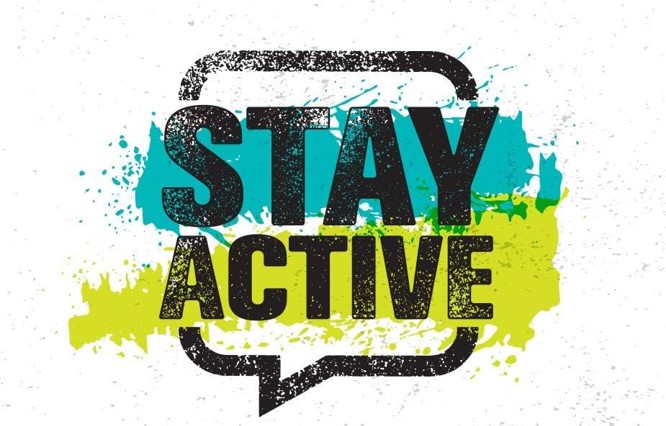
Doing more physical activity helps reduce your chance of getting complications. If you struggle to get about, there are still ways you can keep active.
Healthy Eating
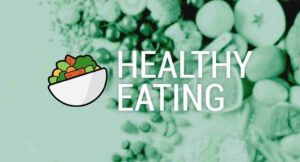
Nutrition and physical activity are important parts of a healthy lifestyle when you have diabetes. Along with other benefits, following a healthy meal plan and being active can help you keep your blood glucose level, also called blood glucose level, also called blood sugar, in your target range. To manage your blood glucose, you need to balance what you eat and drink with physical activity and diabetes medicine, if you take any. What you choose to eat, how much you eat, and when you eat are all important in keeping your blood glucose level in the range that your healthcare team recommends.
Becoming more active and making changes in what you eat and drink can seem challenging at first. You may find it easier to start with small changes and get help from your family, friends, and healthcare team.
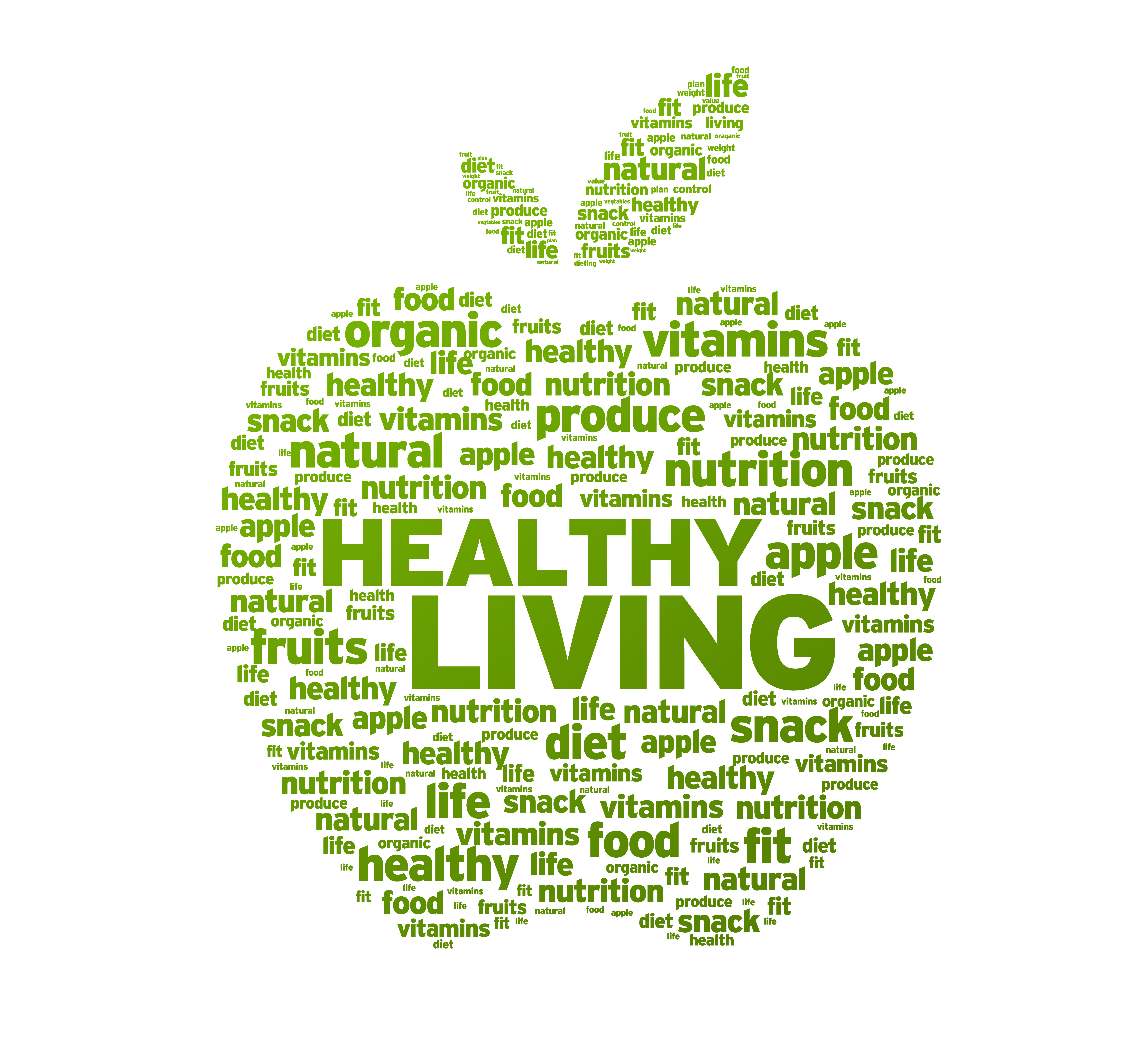
Eating well and being physically active most days of the week can help you:
- Keep your blood sugar level, blood pressure, and cholesterol in your target range.
- Lose weight or stay at a healthy weight.
- Prevent or delay diabetes problems.
- Feel good and have more energy
What food can I eat if I have diabetes?
- You may worry that having diabetes means going without foods you enjoy. The good news is that you can still eat your favorite foods, but you might need to eat smaller portions or enjoy them less often.
- Your healthcare team will help create a diabetes meal plan for you that meets your needs and likes.
- The key to eating with diabetes is to eat a variety of healthy foods from all food groups, in the amounts your meal plan outlines.
The food groups are:
Vegetables:
- Non-starchy: includes broccoli, carrots, greens, peppers and tomatoes
- Starchy: includes potatoes, corn, and green peas
Fruits:
Includes oranges, melon, berries, apples, bananas, and grapes.
Grains:
- At least half of your grains for the day should be whole grains
- Includes wheat, rice, oats, cornmeal, barley, and quinoa.
- Example: Roti, Chapati, Puri, etc
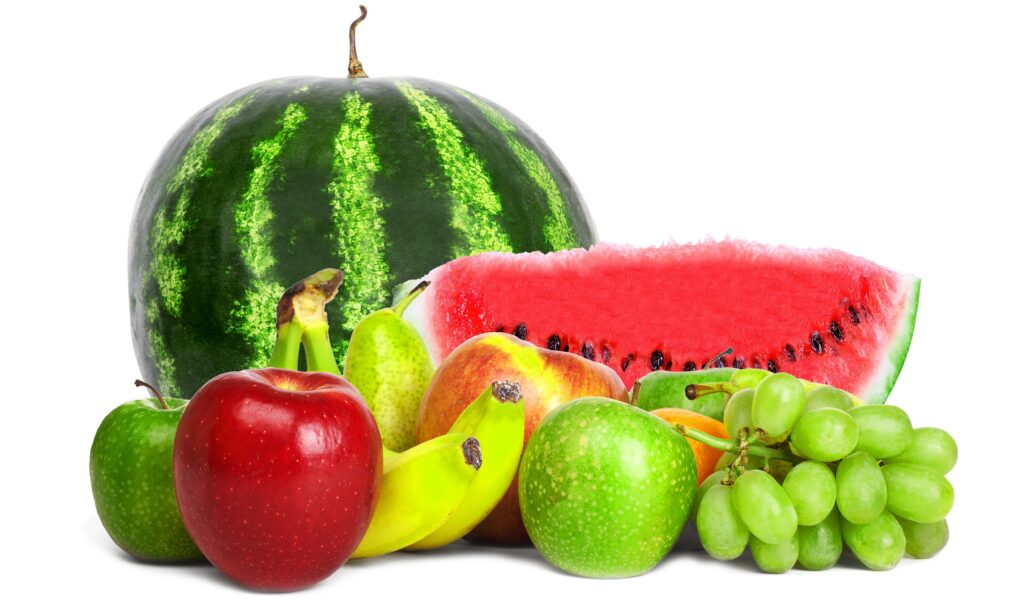
Proteins:
- Lean meat
- Chicken or turkey without skin
- Fish
- Eggs
- Nuts and peanuts
- Dried beans and certain peas, such as chickpeas, and split peas
- Meat substitutes such as tofu
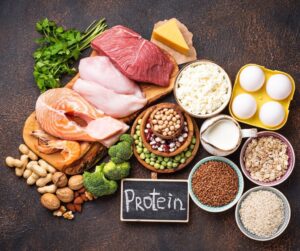
Dairy: Nonfat or Low fat
- Milk or lactose-free milk if you have lactose intolerance
- Yogurt
- Cheese
- Eat food with heart-healthy fats, which mainly come from these foods
- Oils that are liquid at room temperature
- Nuts and seeds
- Heart-healthy fish such as salmon, tuna, and mackerel
- Avocado
- Use oil when cooking food instead of butter, cream

What food and drinks should I limit if I have diabetes?

Foods and drinks to limit include
- Fried foods and other foods high in saturated fat and trans fat
- Foods high in salt, also called sodium
- Sweets, such as baked goods, candy, and ice-cream
- Beverages with added sugars, such as juice, regular soda, and regular sports or energy drinks
- Drink water instead of sweetened beverages. Consider using a sugar substitute in your coffee and tea
If you drink alcohol, drink moderately- not more than one drink a day if you’re a woman or two drinks a day if you’re a man. If you use insulin or diabetes medicines that increase the amount of insulin your body makes, alcohol can make your blood glucose level drop too low. This is especially true if you have not eaten in a while. It’s best to eat some food when you drink alcohol.
When should I eat if I have diabetes?
Some people with diabetes need to eat at about the same time each day. Others can be more flexible with the timing of their meals. Depending on your diabetes medicines or type of insulin, you may need to eat the same amount of carbohydrates at the same time each day. If you take mealtime insulin, your eating schedule can be more flexible.
If you use certain diabetes medicines or insulin and you skip or delay a meal, your blood glucose level can drop too low. Ask your healthcare team when you should eat and whether you should eat and whether you should eat before and after physical activity.
How much can I eat if I have diabetes?
Eating the right amount of food will also help you to manage your blood glucose level and your weight.
Your healthcare team can help you figure out how much food and how many calories you should eat each day.
Weight-loss planning
- If you are overweight or have obesity, work with your healthcare team to create a weight-loss plan.
- The Body Weight Planner can help you tailor your calorie and physical activity plans to reach and maintain your goal weight.
- To lose weight, you need to eat fewer calories and replace less healthy foods with foods lower in calories, fat, and sugar.
Meal Plan Methods
- The plate method helps you control your portion sizes. You don’t need to count calories. The plate method shows the amount of each food group you should eat. This method works best for lunch and dinner.
- Use a 9-inch plate. Put no starchy vegetables on half of the plate; a meat or other protein on one-fourth of the plate; and a grain or other starch on the last one-fourth.
- Starches include starchy vegetables such as corn and peas. You also may eat a small bowl of fruit or a piece of fruit, and drink a small glass of milk as included in your meal plan.
